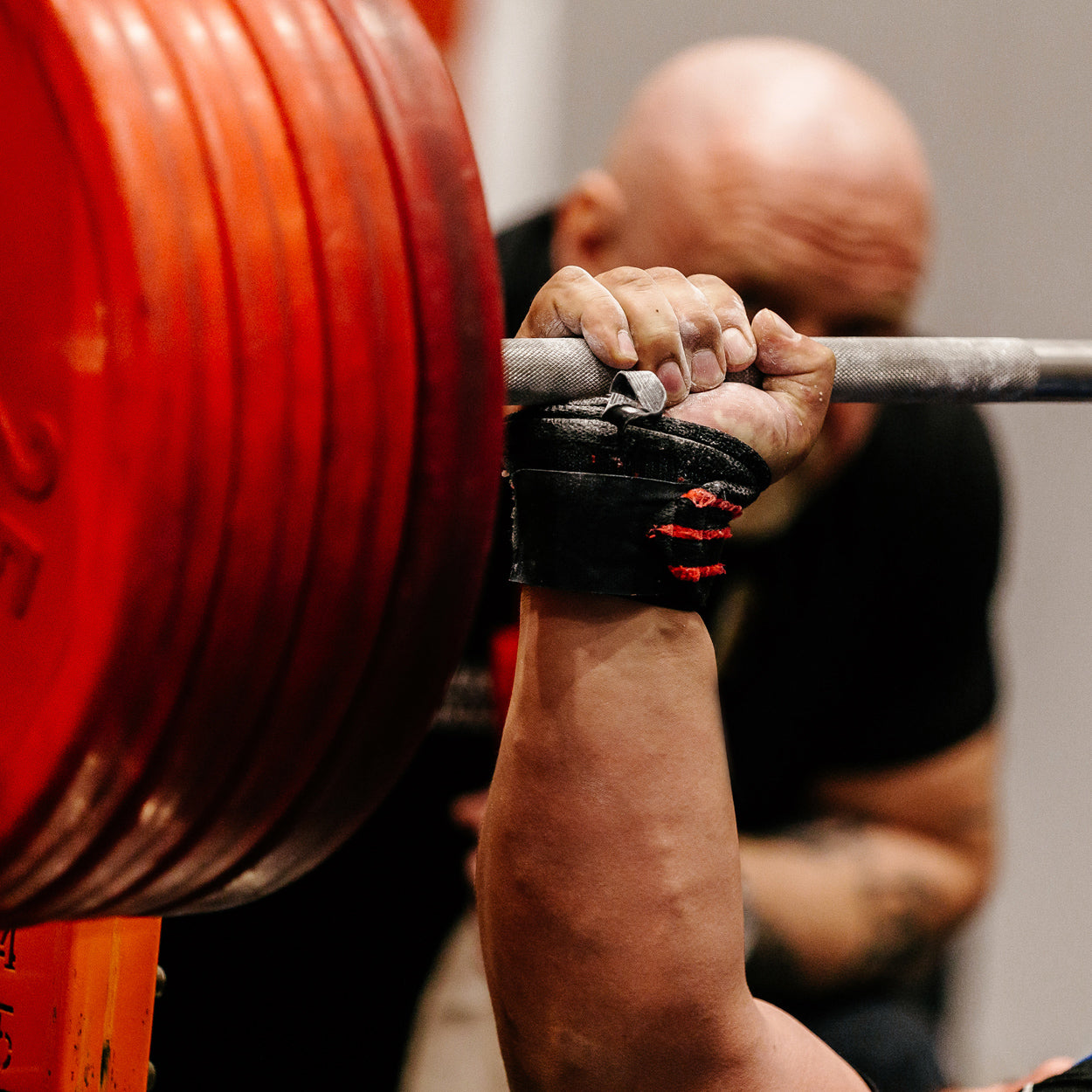Hand and wrist injuries are extremely common when you get into weightlifting.
Fortunately, there are a number of steps you can take to help cut such problems out at the source.
Here, Built for Athletes takes a look at some proven ways to protect your hands and wrists.
Keep Wrists Locked
Good form is crucial for avoiding injuries, and keeping the wrist straight will limit the amount of stress placed on it. When you’re lifting weights, you can ensure you keep your wrists straight by keeping it locked and gripping bars or dumbbells lower in your palm to avoid too much flexion.
Concentrate
Lapses in concentration are often the cause of poor form and can result in injury. Focus can easily be lost if you train too often, so be sure to regularly remind yourself to switch on if you’re in a high-volume training period.
Strengthen Muscles Around Wrists
Performing strengthening exercises on your wrists and forearms, such as wrist curls with a low load, can help condition your wrists to stand up under high forces. If you often suffer pain in your lower arms it could be worth getting a grip strengthener to regularly work on your forearm strength.
Don’t Lift Too Heavy
Going too big too soon is a sure fire way to provoke a number of injuries, and problems in the wrists or hands is no exception. By trying to lift big weights you can be forced to move your joints into unnatural positions.
Warm Up Properly
One of the best steps you can take to avoid injury is warming up properly. Stretching and doing light dynamic movements can help to lubricate joints, and improve range of motion and flexibility to keep areas that come under a lot of stress robust.


Share:
5 High-Protein Salads
4 Small Ways To Improve Wellbeing